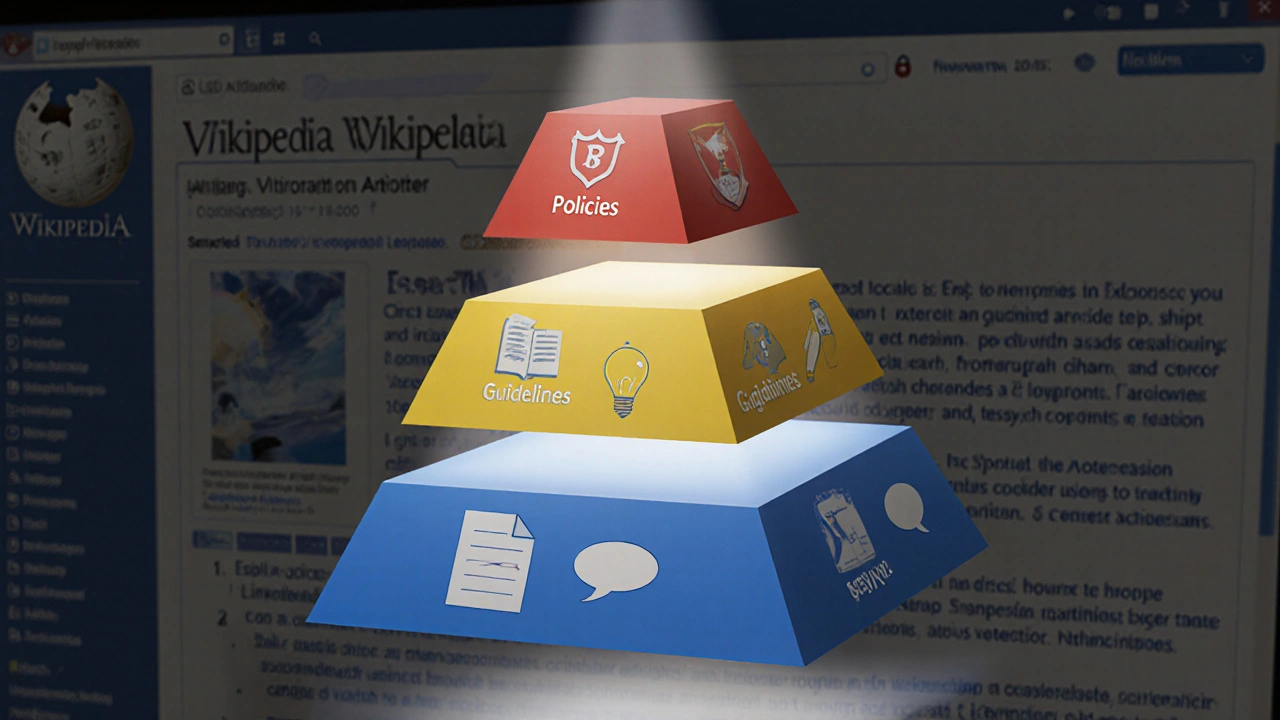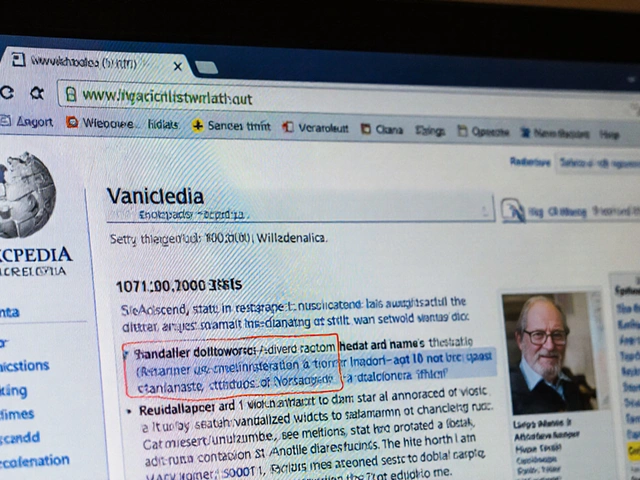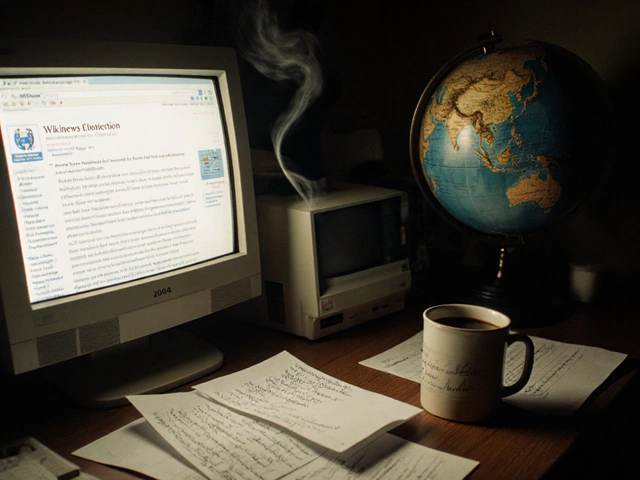Wikipedia hierarchy: How structure, policy, and people keep the encyclopedia organized
When you think of Wikipedia hierarchy, a layered system of roles, policies, and tools that organize content and community action. Also known as Wikipedia’s governance structure, it’s not a corporate ladder—it’s a web of volunteer-driven rules that keep 60 million articles from collapsing under their own weight. There’s no CEO telling editors what to do. Instead, the Wikipedia hierarchy runs on consensus, documented policies, and tools built by people who care enough to show up every day.
This system relies on three big pieces: Wikipedia policy, the set of written guidelines that define how content is created, edited, and judged, WikiProjects, volunteer teams focused on specific topics like medicine, film, or Indigenous history, and Wikimedia Foundation, the nonprofit that handles servers, legal issues, and funding—but doesn’t control content. Policy tells you how to cite sources. WikiProjects fix gaps in coverage. The Foundation keeps the lights on. None of them run the other. That’s the point.
Every edit war, every deletion debate, every copy-editing drive is a moment where this hierarchy gets tested. A new editor adds a fact. A veteran reverts it. Why? Because of consensus building, the process of resolving disputes through discussion, not votes or power. It’s messy. It’s slow. But it’s what keeps Wikipedia from becoming a battleground for whoever shouts loudest. The hierarchy doesn’t enforce order—it enables it.
You’ll find posts here that show how this system works in practice: how the Signpost picks stories, how WikiProjects tackle bias, how the tech team keeps the site running without ads, and how editors use watchlists and annotated bibliographies to stay on top of changes. You’ll see how policies like due weight and reliable sourcing aren’t just rules—they’re the glue holding the whole thing together. And you’ll see how even the biggest challenges—like AI editing or copyright takedowns—are handled within this same structure, not outside it.
This isn’t about who’s in charge. It’s about how thousands of strangers agree, quietly and consistently, to build something better than any corporation could. What you’re reading now? It’s the result of that hierarchy—not the product of a single person, but of a thousand small decisions made the right way, over and over.
Wikipedia Guidelines vs Policies: How the Hierarchy Actually Works
Wikipedia's rules aren't random-policies are mandatory, guidelines are advice, and essays are opinions. Learn how the hierarchy keeps Wikipedia reliable and how to edit without getting blocked.







